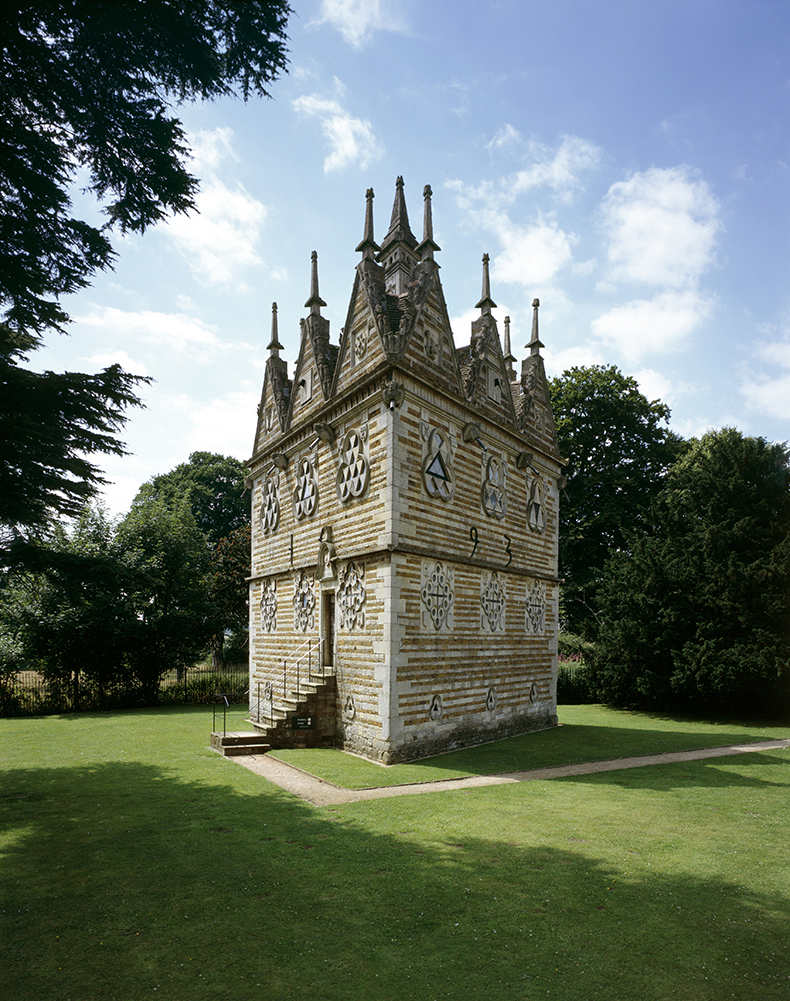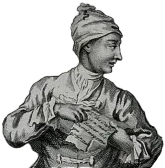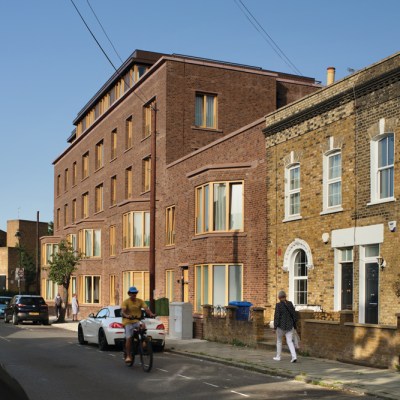The Traitors is back for a third series, and with it not only Claudia Winkleman’s capes but also conspiratorial huddles in Ardross Castle’s various baronial ‘break-out spaces’. One of these is a stone folly on the 19th-century pile’s terrace – or, as Rakewell was tickled to hear it called by one of the show’s contestants, the sitooterie: ‘Somewhere where you “sit oot”’, care manager Alex explains in episode four. This delightful word – appropriately, Scottish in origin – got Rakewell thinking about other sitooteries that will have witnessed their fair share of gossip and intrigue.
Until recently, a one-time Tudor hunting lodge in Odiham, Hampshire – owned by the National Trust – was home to veteran gossip-monger Nicky Haslam. Such was the party-loving interior designer’s passion for the diminutive building that he dedicated a whole book to it, Folly de Grandeur, dubbing it ‘quite simply the prettiest small house in the world’. Haslam wasn’t the first decoration diva to occupy the lodge – from the 1940s to the ’70s John Fowler of Colefax & Fowler lived there. A few centuries before him, Prince Arthur, brother of the future Henry VIII, is rumoured to have first met his bride-to-be Catherine of Aragon there.
The Hunting Lodge at Odiham in Northamptonshire. Photo: Kate Gilder via Flickr
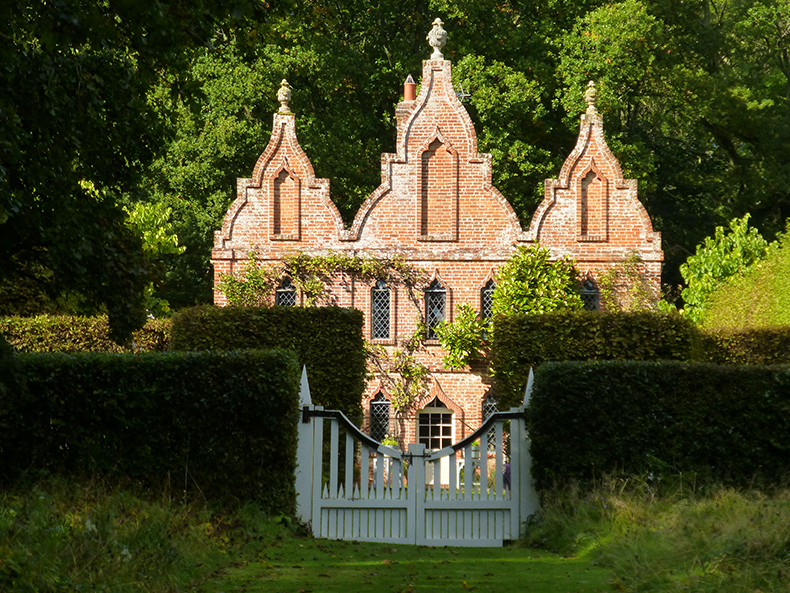
Of Haslamian eccentricity is the 18th-century folly in Stirlingshire known as the Dunmore Pineapple, once described as ‘the most bizarre building in Scotland’. Pineapples – which were the height of fashion in that century, in decoration as well as on the table – were grown in the walled garden’s hothouse or summerhouse, and to this a pineapple-shaped cupola was added by the 4th Earl of Dunmore in the 1770s. The two-storey summerhouse can be rented via the Landmark Trust for your very own fruity assignations.
The Pinapple House at Dunmore Park in Scotland. Photo: Imagno/Getty Images
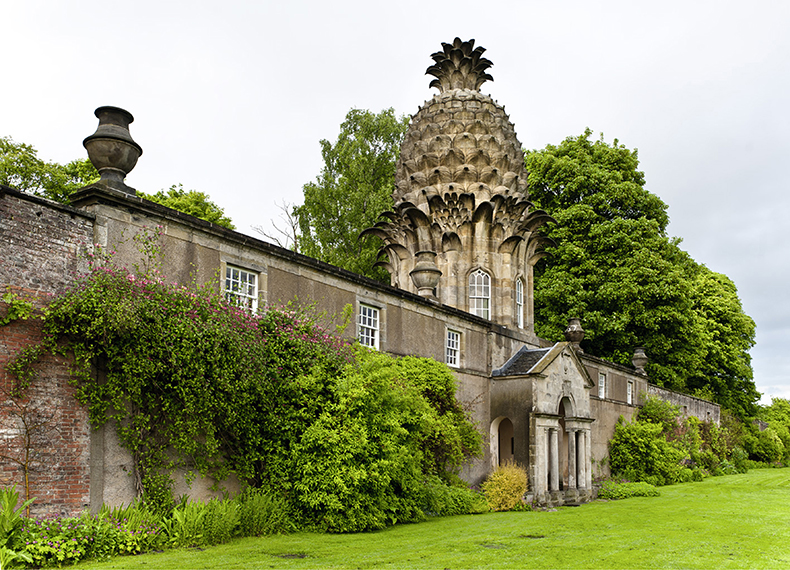
Dripping with historical intrigue is the Elizabethan Tixall Gatehouse in Staffordshire, built around 1580 by Sir Walter Aston. Mary Queen of Scots was imprisoned there for a fortnight six years later, while in 1678 the Aston owner had a brief spell in the Tower of London for his supposed role in the Titus Oates conspiracy.
One of the oldest surviving follies, meanwhile, is the limestone Triangular Lodge in Rushton, Northamptonshire, built by Sir Thomas Tresham from 1593–97. Tresham was a Catholic imprisoned for 15 years for his recusancy, and on his release designed this remarkable building on his estate, full of not-so-subtle visual puns and references to his faith. The number three, symbolising the Holy Trinity, can be observed all over the building, from its triangular shape and its three triangular gables on each side to its glazed trefoils. The Latin for three, tres, is also a pun on the owner’s name. Tresham’s son, Francis, was a first cousin of Robert Catesby, who involved him in the Gunpowder Plot. Francis clearly had misgivings about the plan, and it was likely he who wrote a letter warning of the plot, which ended up in the hands of Robert Cecil. Francis was duly imprisoned and died in the Tower, before being posthumously beheaded. Traitors, take heed…
Rushton Triangular Lodge, Northamptonshire. Photo: English Heritage/Heritage Images/Getty Images
